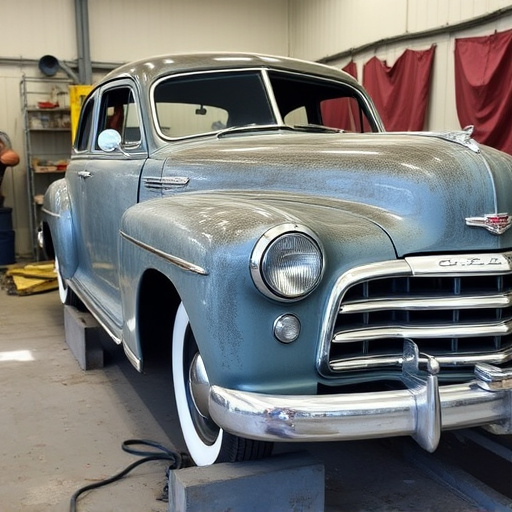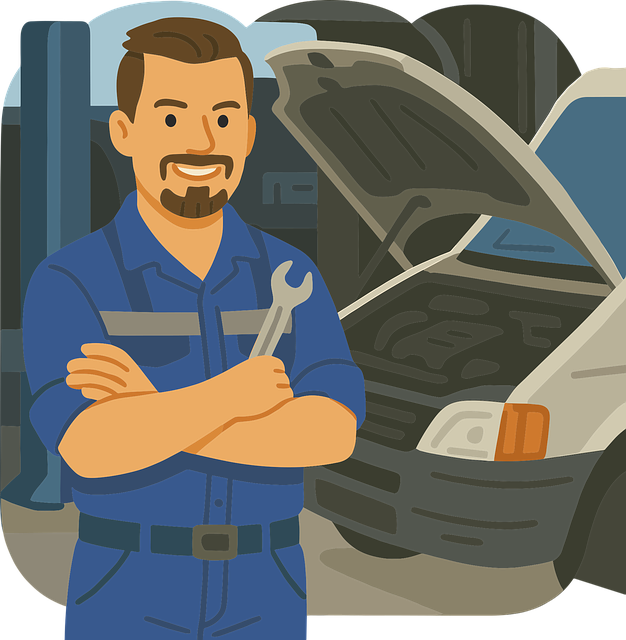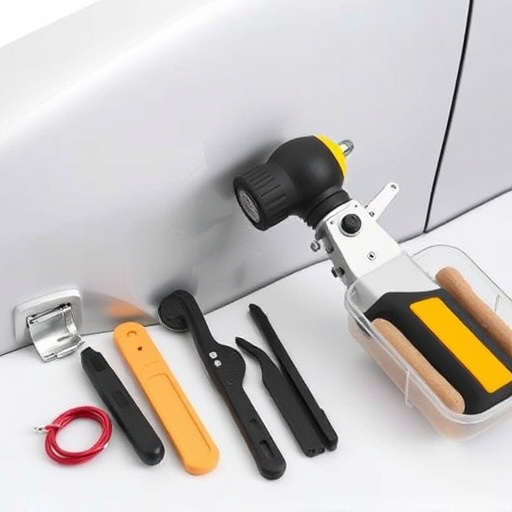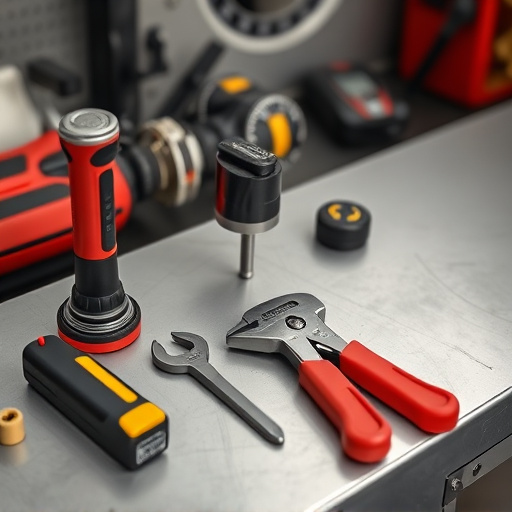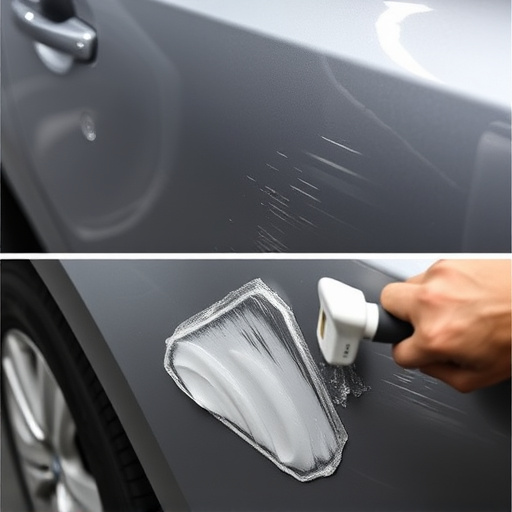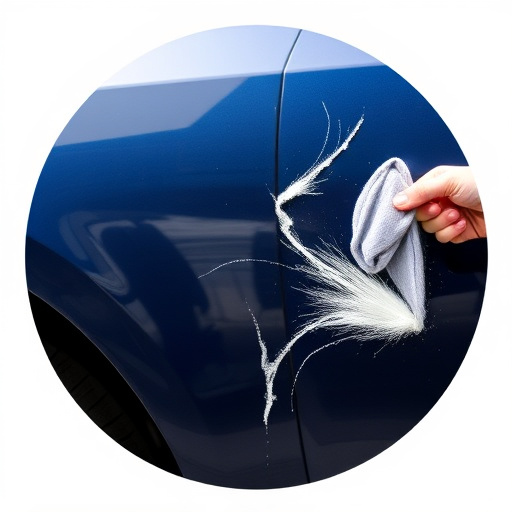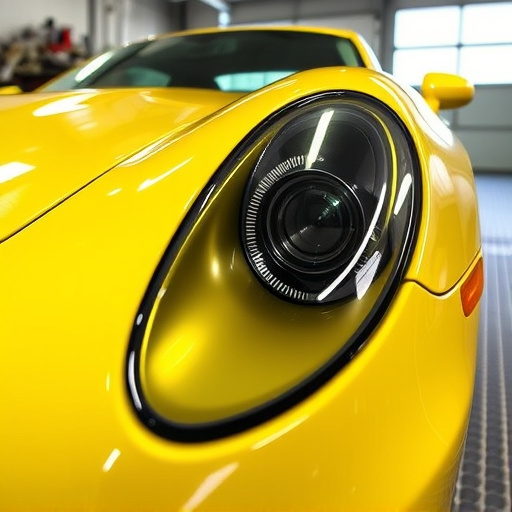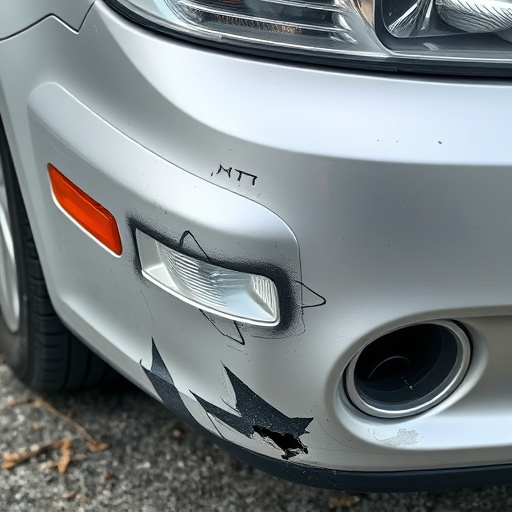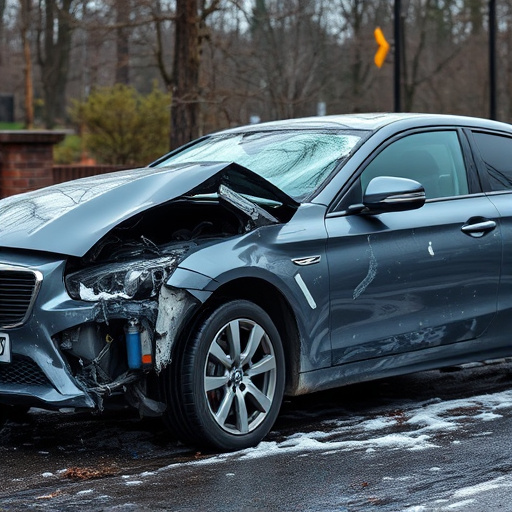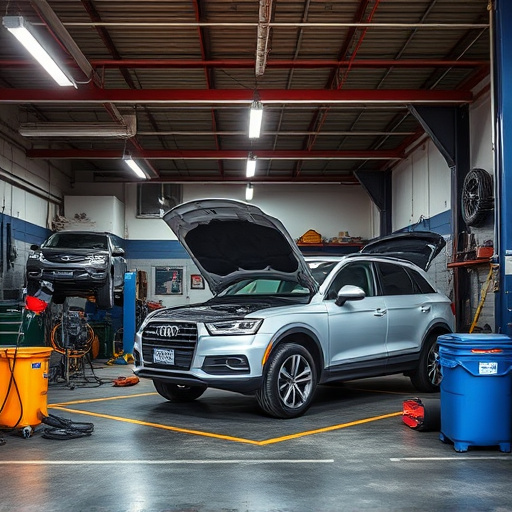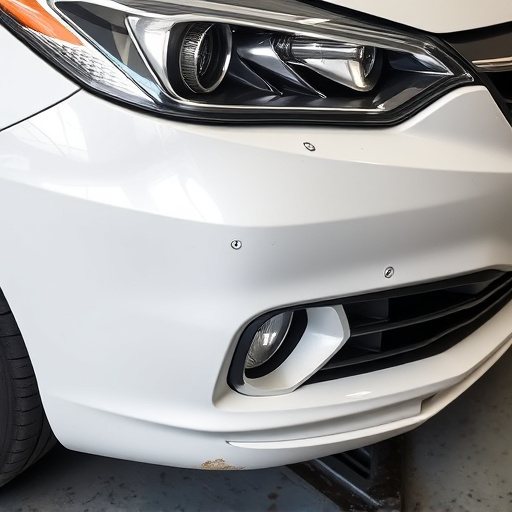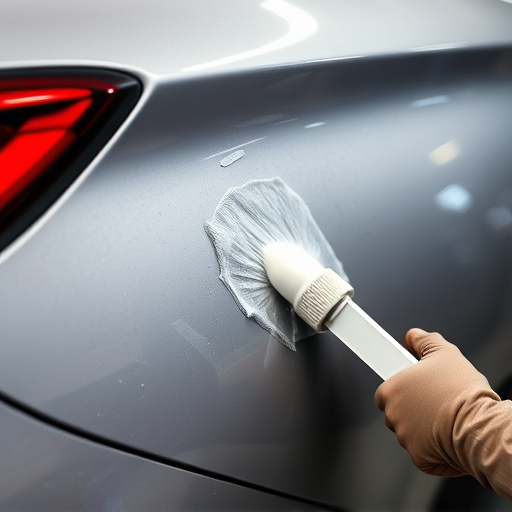Proper Tesla rear hatch alignment is crucial for reliable trunk operation and vehicle aesthetics. Regular inspections are key to preventing damage from misalignment, which can cause uneven closing forces and accelerated wear on trunk components. Early identification through seal checks, noise listening, and visual assessments helps. Professional technicians diagnose and correct issues using specialized tools. Timely action ensures smooth, practical opening/closing experiences, preserving Tesla's functionality and beauty over time.
Tesla owners often marvel at their car’s sleek design, but a poorly aligned rear hatch can disrupt that smooth aesthetic. This article delves into the intricacies of Tesla rear hatch alignment, offering insights for both enthusiasts and service professionals. We explore fundamental concepts, unravel common misalignment issues, and provide step-by-step guidance on correcting it to ensure a seamless closing action – vital for maintaining your Tesla’s pristine appearance and performance.
- Understanding Tesla Rear Hatch Alignment Basics
- Identifying Misalignment Signs and Causes
- Correcting and Maintaining Smooth Closing Action
Understanding Tesla Rear Hatch Alignment Basics

Understanding Tesla Rear Hatch Alignment Basics
Tesla rear hatch alignment is a crucial aspect of vehicle repair that ensures your car’s trunk closes smoothly and securely. This process involves adjusting the hinges, sensors, and mechanisms responsible for opening and closing the hatch. Proper alignment guarantees not only a seamless user experience but also prevents potential damage to the car body over time.
Automotive repair services specialists emphasize that misaligned rear hatches can lead to uneven closing forces, causing wear and tear on the trunk’s components. Regular inspections and timely adjustments are recommended to maintain optimal performance. Car body repair experts use advanced tools and techniques to precisely align the hatch, ensuring it operates effortlessly and enhancing overall vehicle reliability.
Identifying Misalignment Signs and Causes

If your Tesla rear hatch isn’t closing smoothly, it might be due to misalignment. Signs of this issue include a gap between the hatch and car body, a rattling sound when closed, or difficulty in fully opening or closing the hatch. Misalignment can result from various factors such as bumper repair or fender repair work that wasn’t done correctly, impact damage from bumps or obstacles, or even normal wear and tear over time.
Regular inspections are crucial to identifying these issues early on. Examining the sealing components for any signs of damage or corrosion, checking for proper clearance between the hatch and car body, and listening for unusual noises when operating the hatch can help you determine if a trip to a professional car body shop is necessary. A qualified technician will be able to diagnose and rectify any misalignment problems, ensuring your Tesla rear hatch operates smoothly once again.
Correcting and Maintaining Smooth Closing Action

Maintaining a smooth closing action for your Tesla’s rear hatch is an essential part of keeping your vehicle in top condition. Over time, factors like road debris, weather conditions, and daily use can impact the alignment of the hatch, leading to a less-than-satisfactory closure. Regular checks are key; inspect the seals, hinges, and latch mechanism for any signs of damage or wear. A simple adjustment could be as easy as realigning the rear hatch using specialized tools designed for Tesla models, ensuring perfect harmony between the vehicle’s design and functionality.
If issues persist, addressing them promptly is crucial. Consider seeking professional automotive repair services to diagnose and rectify problems that may include dent repairs on the fender or other minor fixes. By keeping your Tesla’s rear hatch alignment in check, you not only enhance its aesthetic appeal but also ensure a practical, hassle-free opening and closing experience for years to come.
Maintaining proper Tesla rear hatch alignment is key to ensuring a smooth closing action and preserving the vehicle’s aesthetic appeal. By understanding basic alignment principles, recognizing signs of misalignment, and implementing corrective measures, Tesla owners can keep their rear hatch operating seamlessly for years to come. Regular maintenance checks and prompt addressing of issues will contribute to both functionality and longevity, enhancing the overall driving experience.

